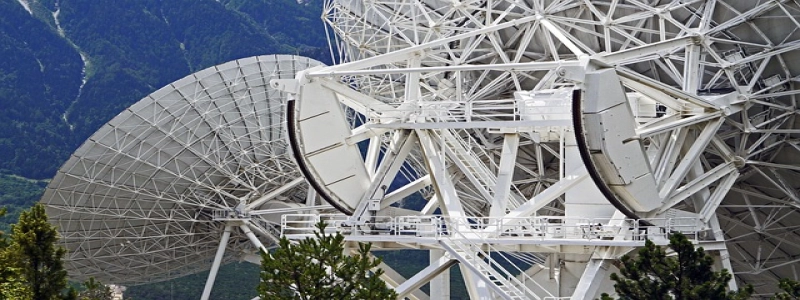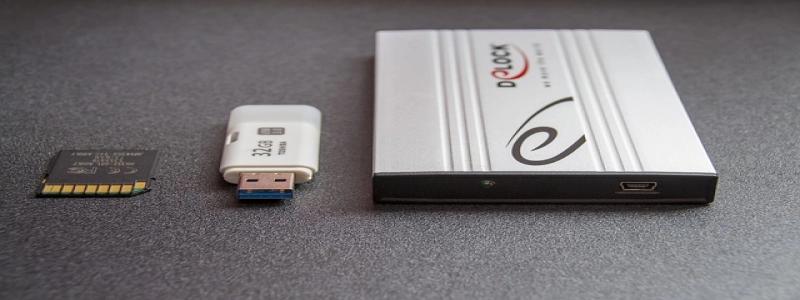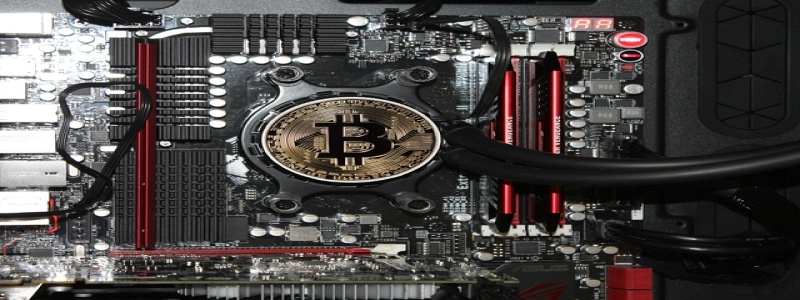Ethernet to CAN Bus Converter
Introduktion
I denne artikel, we will discuss the Ethernet to CAN Bus Converter, a device that enables communication between Ethernet-based systems and Controller Area Network (CAN) protocol devices. We will explore its working principle, features, and applications.
Overview
The Ethernet to CAN Bus Converter acts as a gateway between Ethernet (TCP/IP) networks and CAN Bus networks. It connects Ethernet-based devices to CAN Bus devices, allowing them to exchange data seamlessly. By bridging the gap between the two communication protocols, this converter enables integration and interoperability between different systems.
Working Principle
The Ethernet to CAN Bus Converter converts data packets from Ethernet format to CAN Bus format and vice versa. It receives Ethernet data packets from the network, processes them, and transforms them into CAN frames suitable for transmission on the CAN Bus. Similarly, it can receive CAN frames from the Bus, convert them into Ethernet packets, and transmit them over the Ethernet network.
Features
? Ethernet Connectivity: The converter has Ethernet ports that facilitate connection to local area networks (LANs) or wide area networks (WANs) using standard Ethernet protocols.
? CAN Bus Interface: It comes equipped with one or more CAN Bus interfaces, typically in the form of a CAN controller and transceiver, which enable communication with CAN Bus devices. Depending on the model, it may support various CAN protocols such as CAN 2.0A, CAN 2.0B, or CAN FD.
? Protocol Conversion: The converter performs protocol conversion between Ethernet and CAN Bus, allowing seamless communication between devices based on different protocols.
? Data Mapping: It provides a mechanism to map data between Ethernet and CAN Bus protocols, ensuring accurate and efficient data transfer.
? Communication Speed: The converter supports various communication speeds, typically ranging from 10/100 Mbps for Ethernet and up to several Mbps for CAN Bus, depending on the CAN protocol used.
Applications
The Ethernet to CAN Bus Converter finds its application in various industries where bridging the gap between Ethernet and CAN Bus networks is essential. Some common applications include:
1. Automotive Industry: It enables communication between Ethernet-based vehicle subsystems and CAN Bus-based components, allowing for diagnostics, firmware updates, and data exchange.
2. Industrial Automation: The converter connects Ethernet-based industrial devices like PLCs, HMIs, and SCADA systems to the existing CAN Bus infrastructure, enhancing interoperability and control of industrial processes.
3. Energy Management Systems: It facilitates communication between Ethernet-enabled energy management systems and CAN Bus-based monitoring devices, enabling efficient energy monitoring and control.
4. Smart Grids: The converter enables integration between Ethernet-based smart grid infrastructure and CAN Bus devices deployed in power distribution systems, optimizing energy transmission and monitoring.
Konklusion
The Ethernet to CAN Bus Converter acts as a crucial bridge between Ethernet and CAN Bus networks, allowing for seamless communication and integration between devices based on these protocols. Its ability to perform protocol conversion and data mapping makes it a versatile tool in industries such as automotive, industrial automation, energy management, and smart grids. With its advanced features and wide range of applications, this converter plays a vital role in enabling efficient and reliable communication in various sectors.








